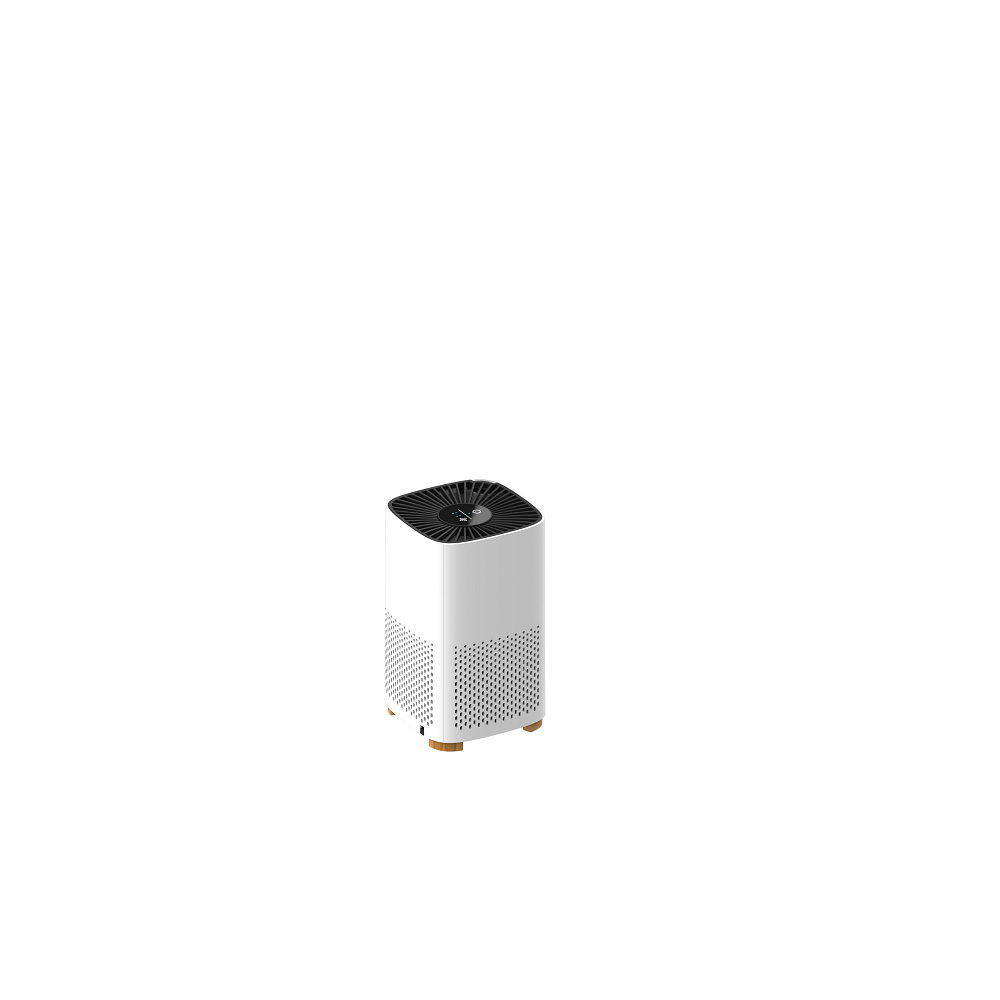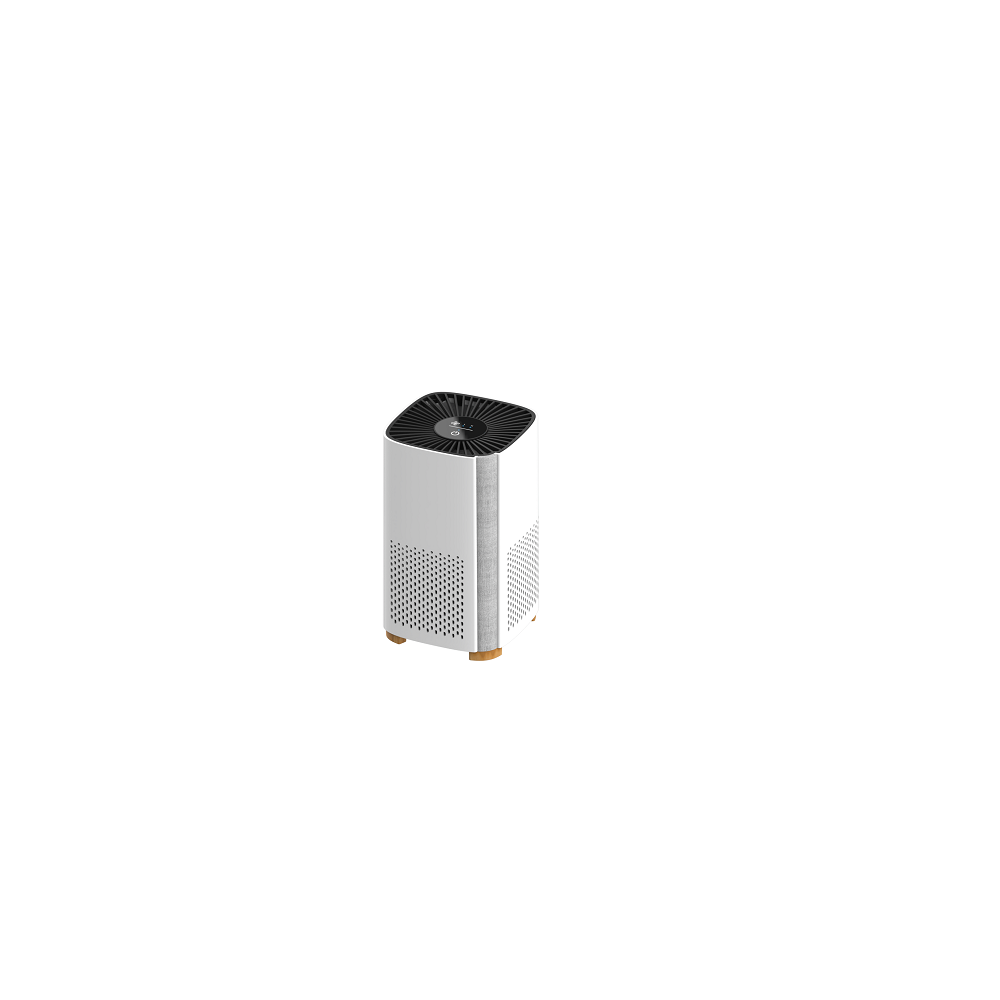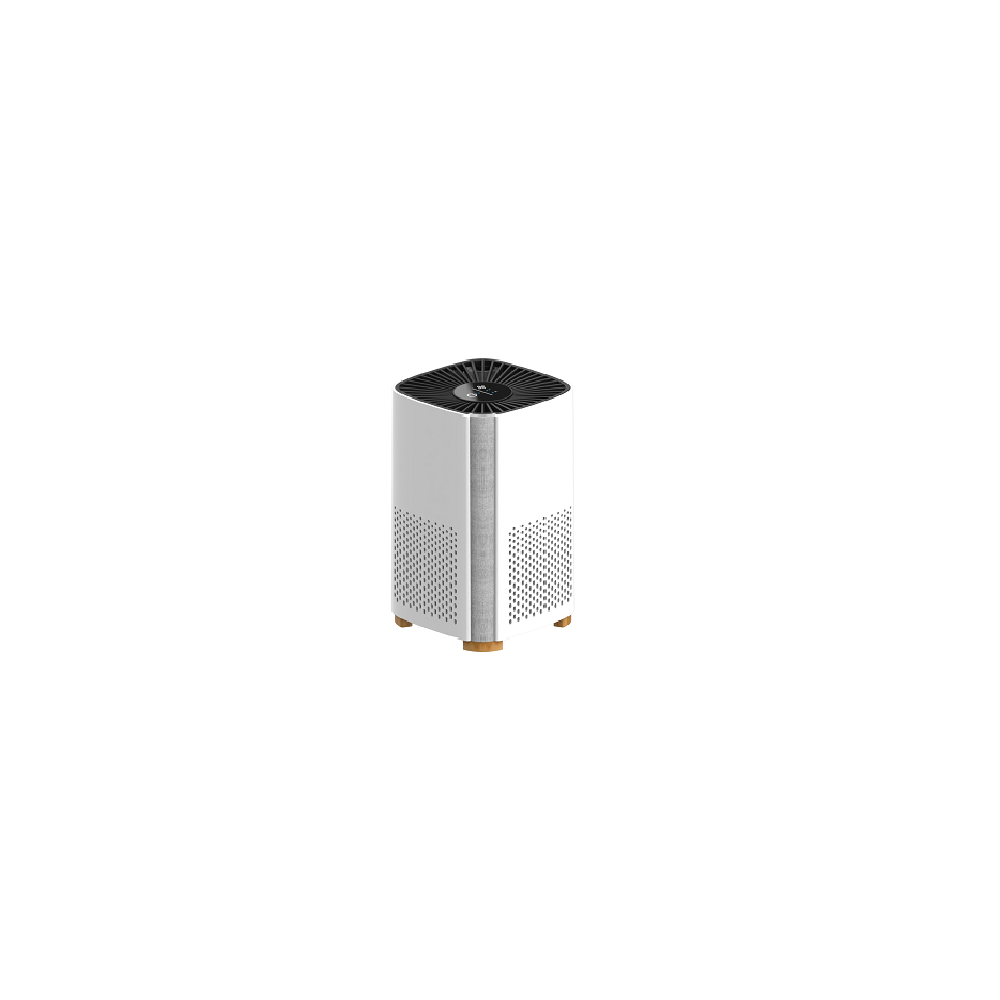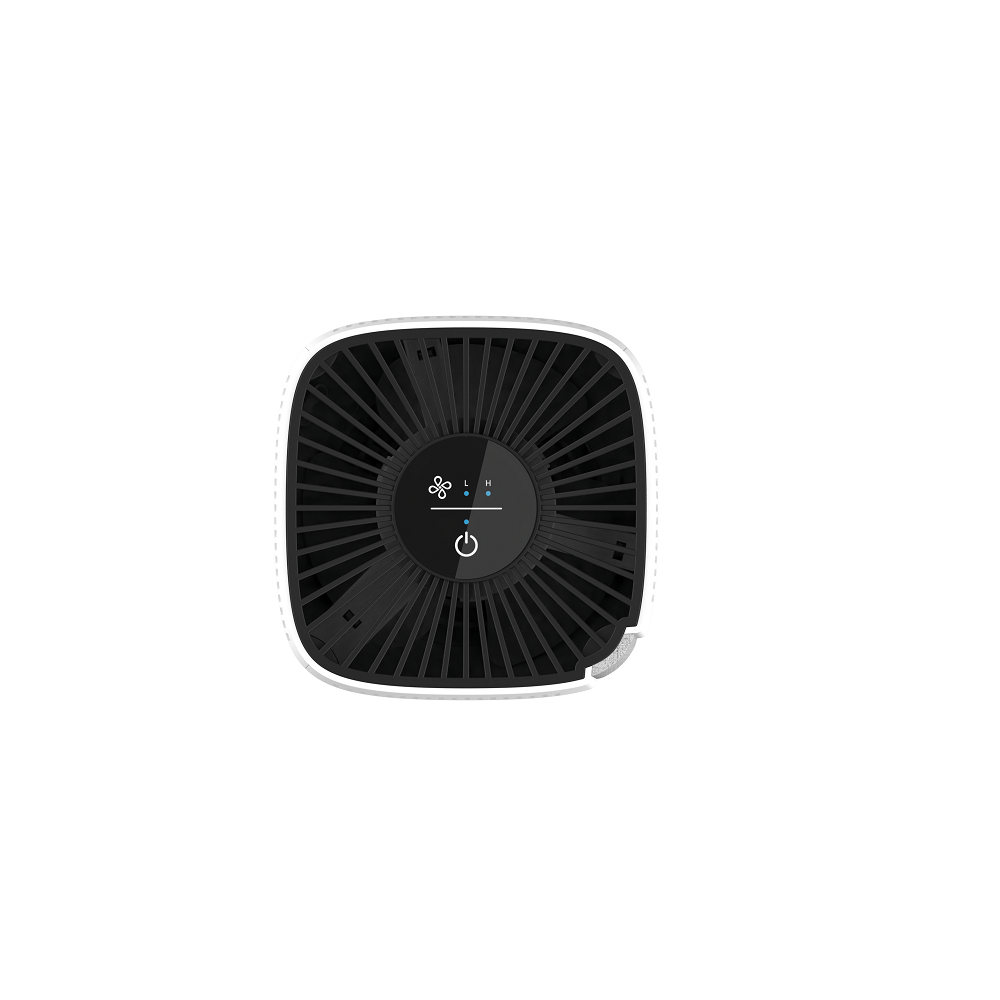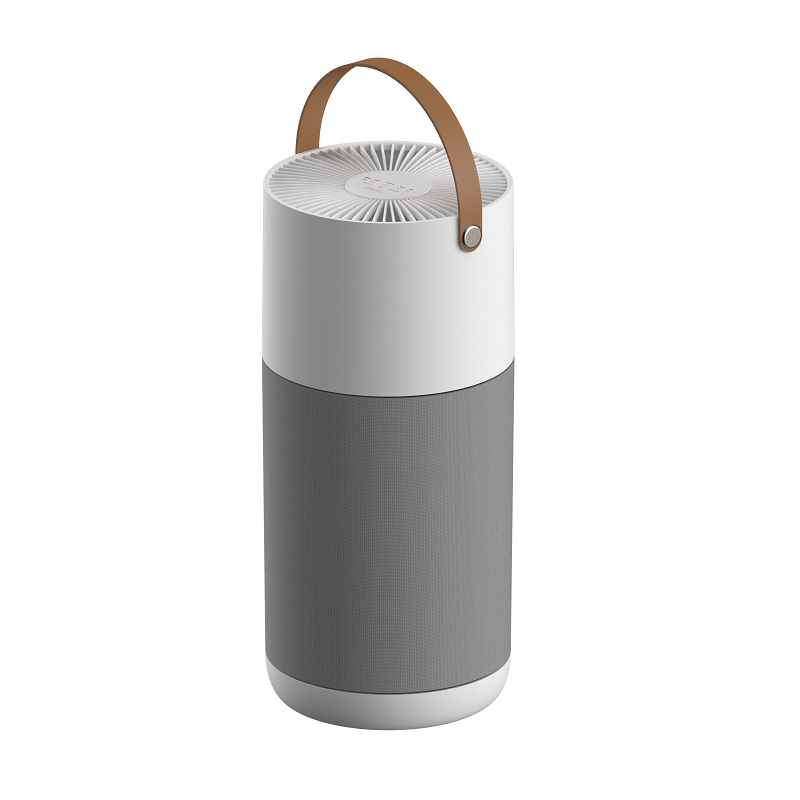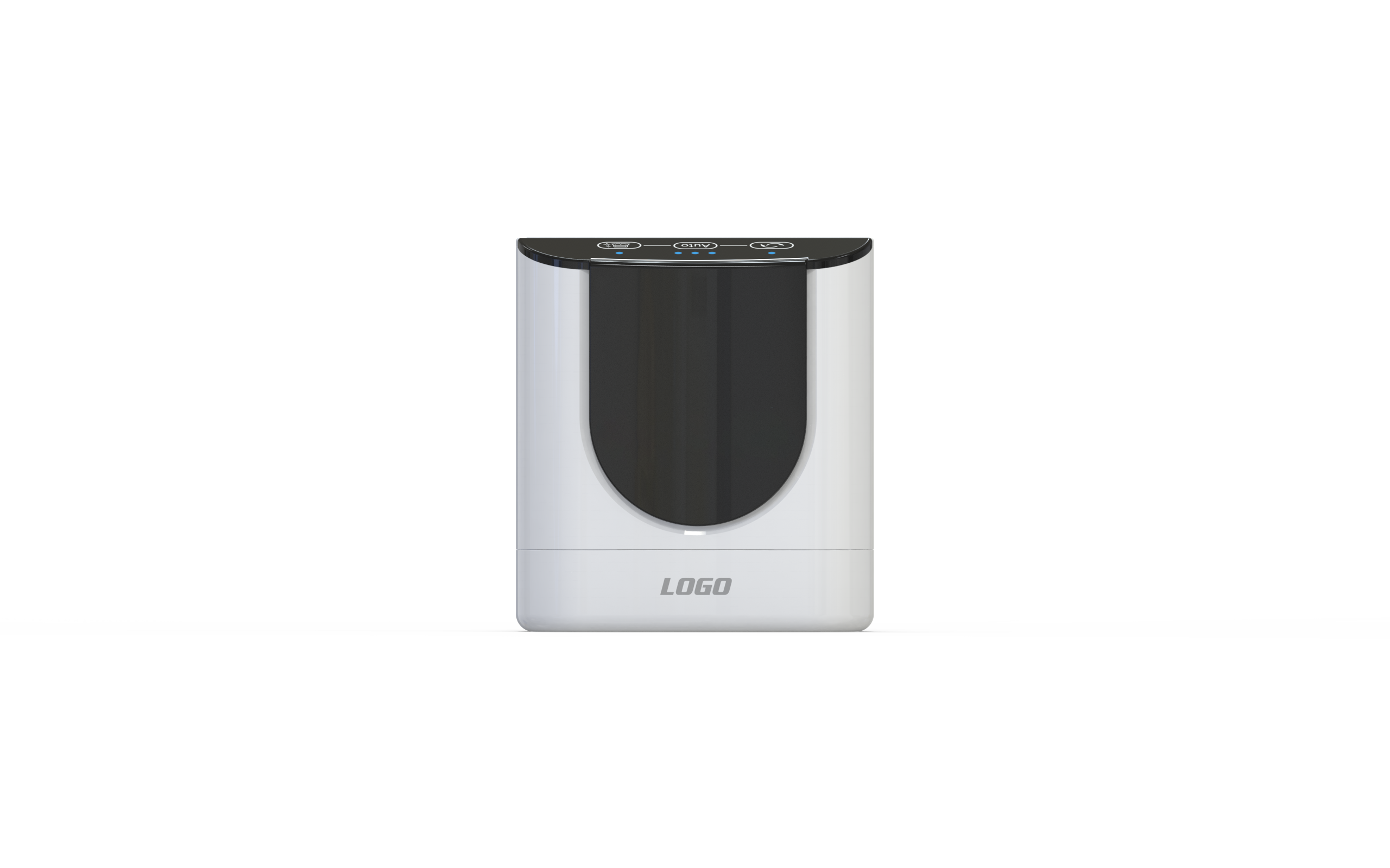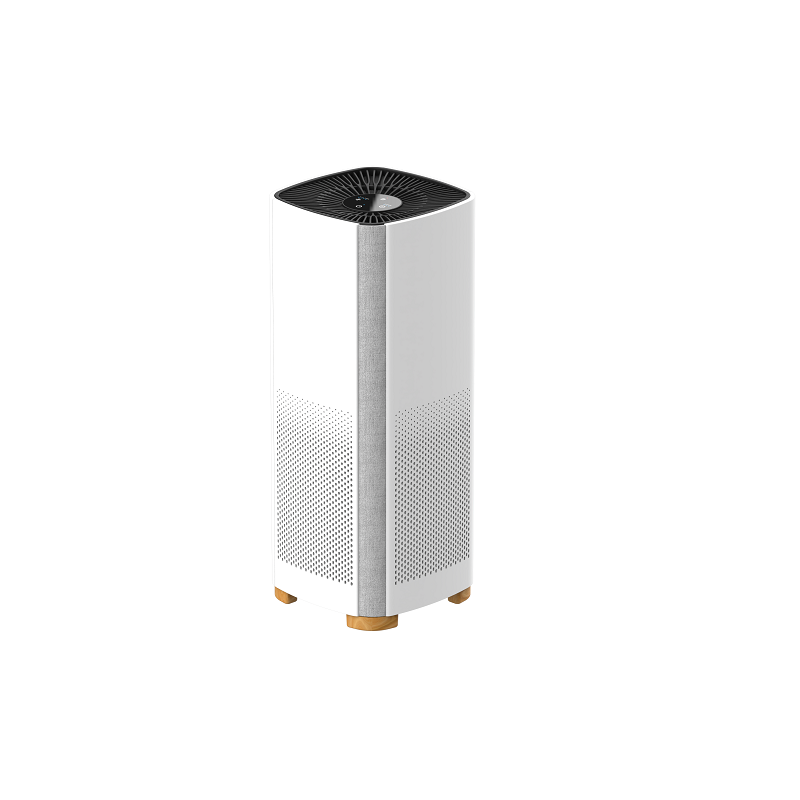PF00-22379 Maggie
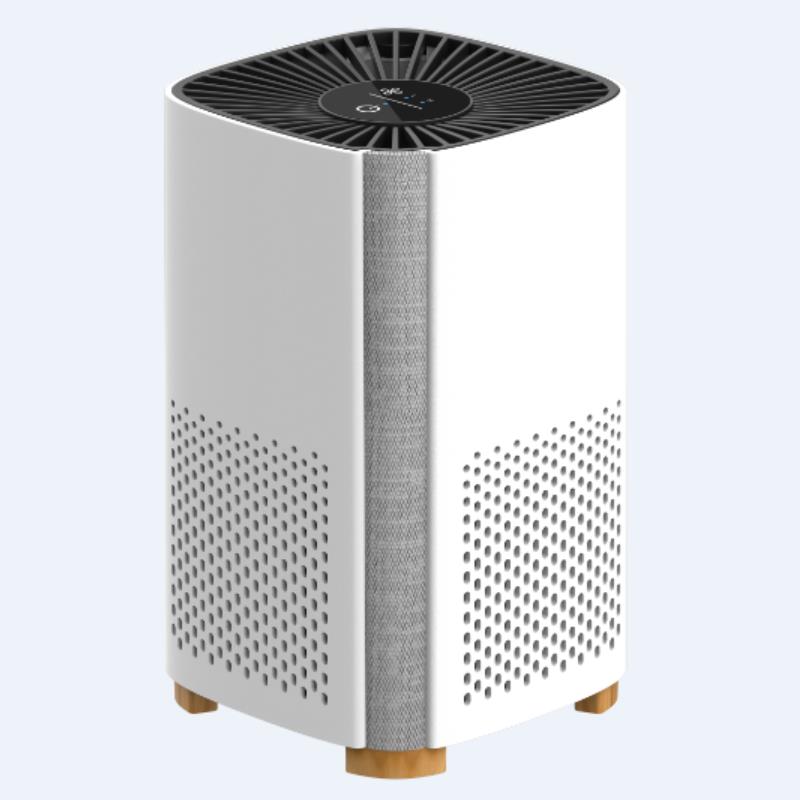

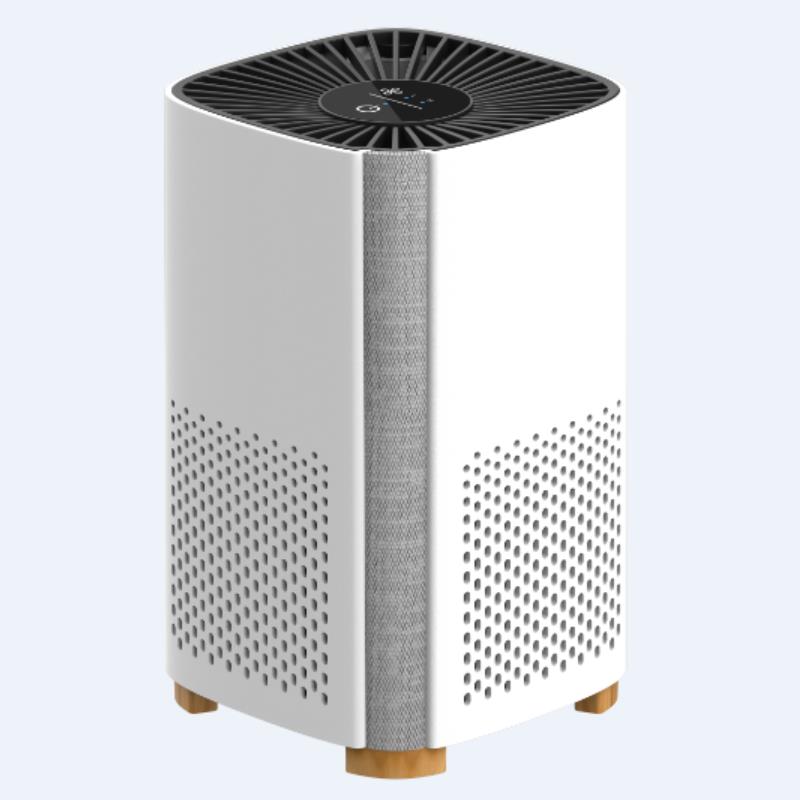
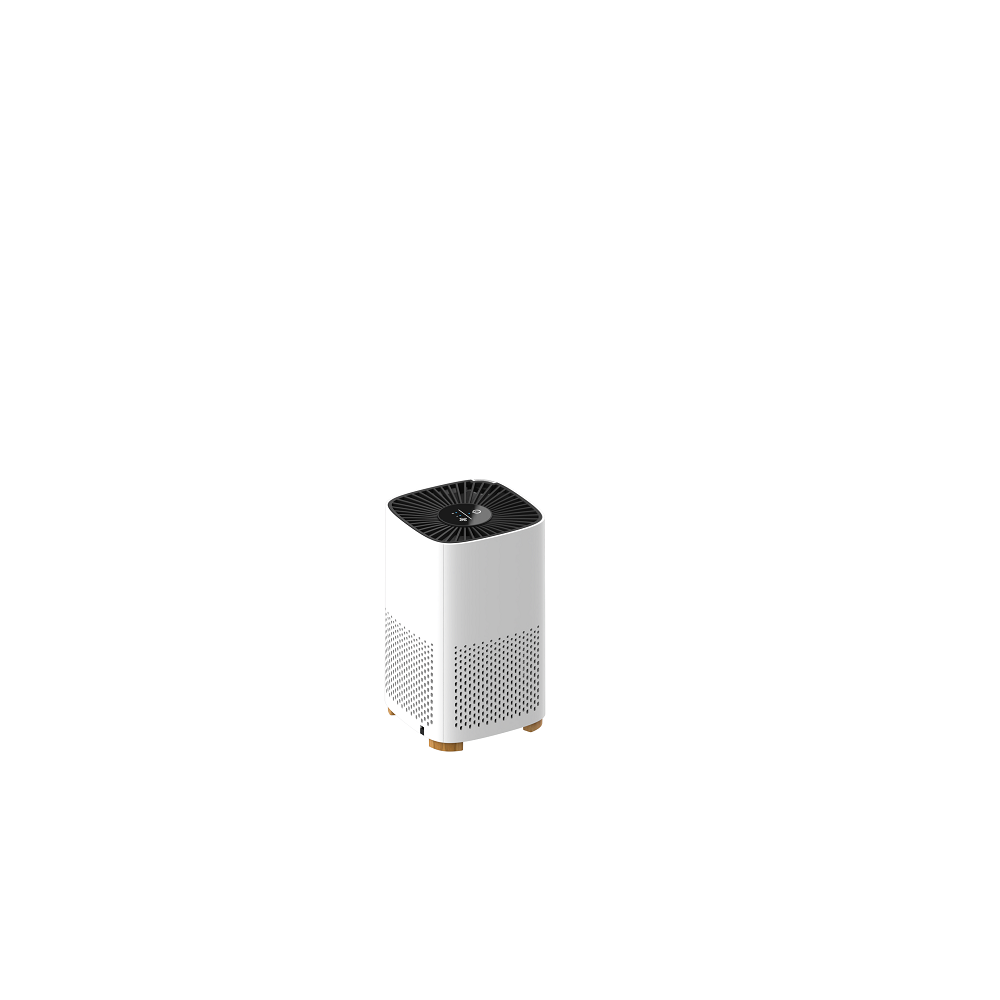
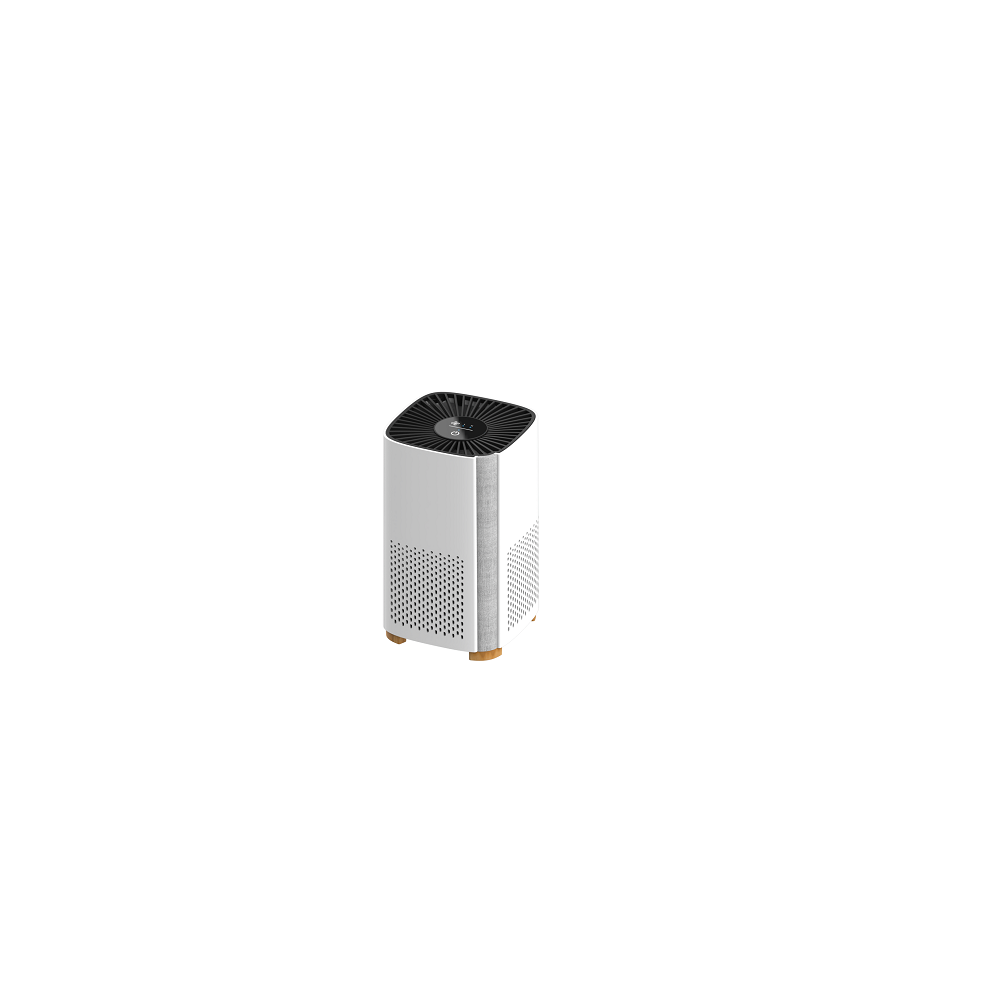
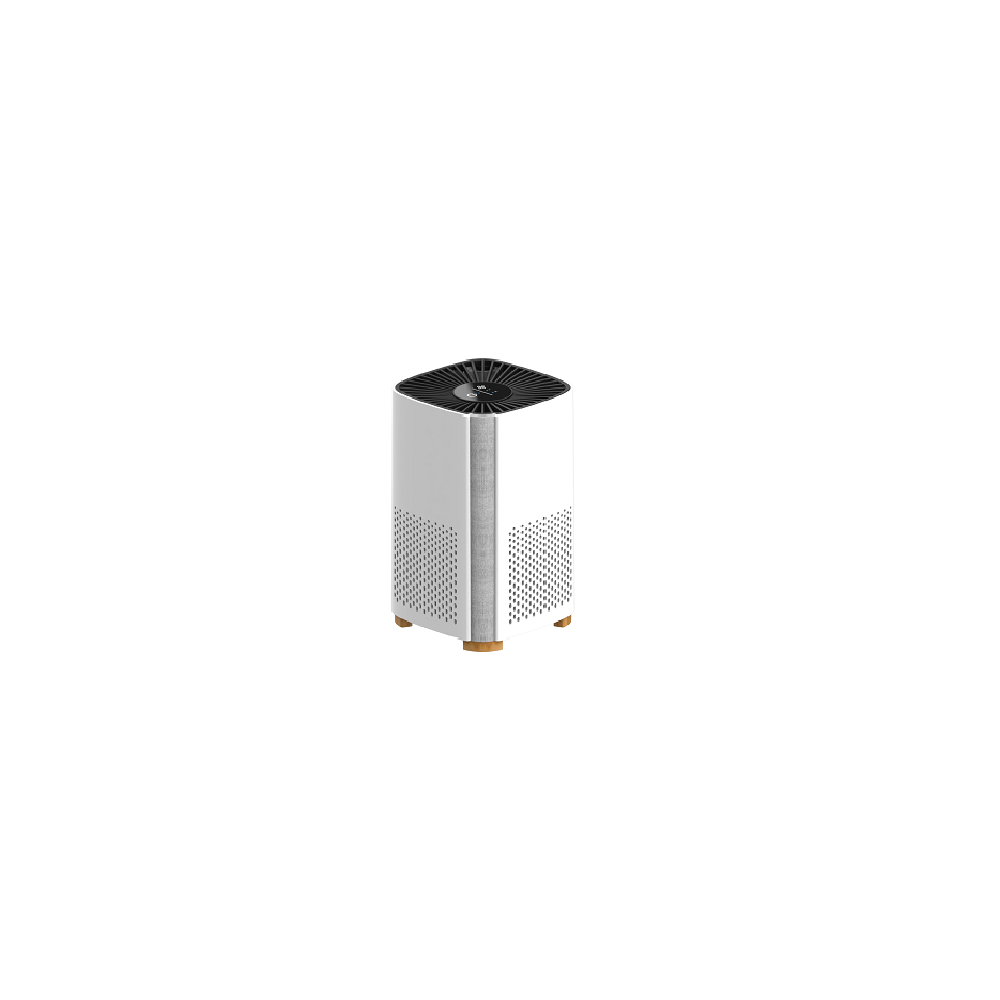
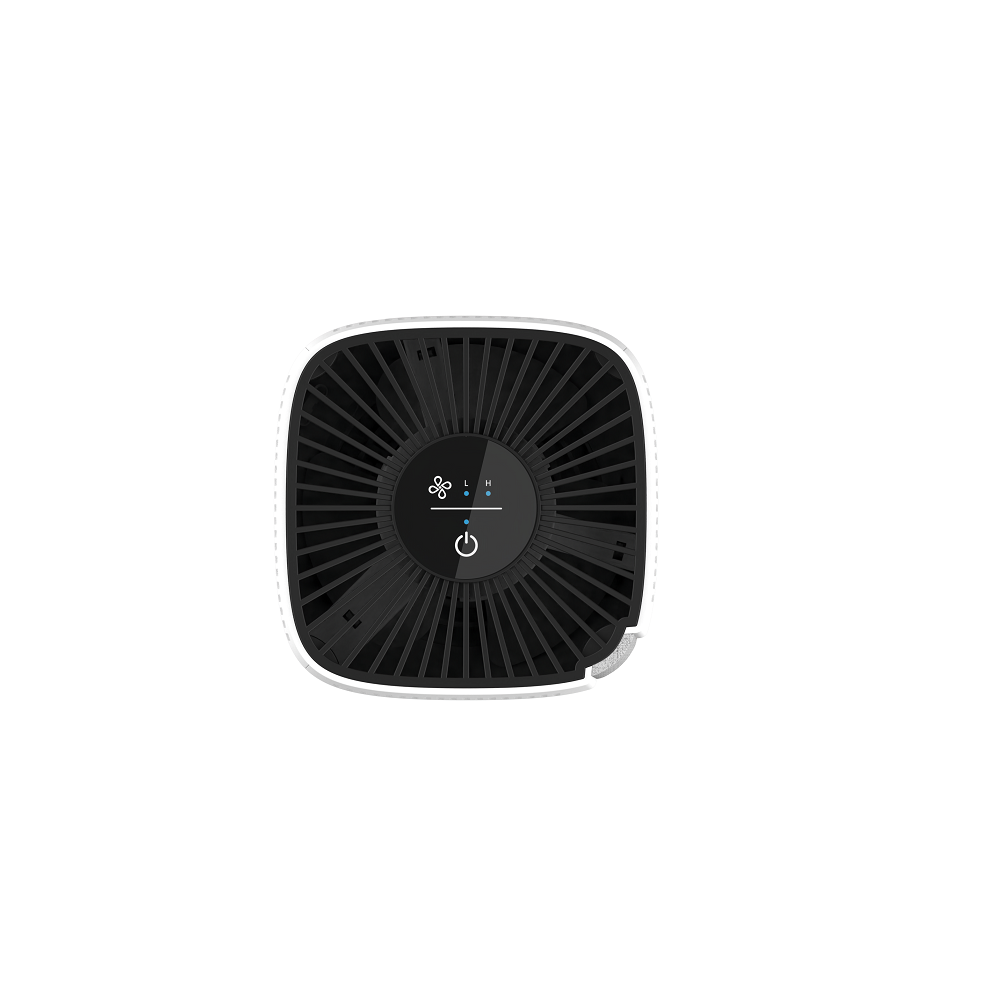
Product Description
Small Air Purifier
Product Details
Descriptions
Refreshing and Relaxing: If you struggle with symptoms caused by allergies, poor sleep quality, congestion or pet dander, the core mini air purifier is ready to help you create a healthy space. Matter of Minutes: Breathe freely and sleep better because the air purifier uses 360° VortexAir technology 3.0 and 2-stage filtration to ensure top-notch air purification.
Quiet Operation: Sleep peacefully without the loud rattle of the air purifier. This small air purifier maintains noise levels as low as 25dB while giving you a fresh space.
Aromatherapy: To combat pet or musty odors, add a few drops of aromatic essential oils to your aroma pad to make your space smell.
Smells Space Saving: Tired of lugging around bulky purifiers, this mini small air purifier (149X149X243mm) is lightweight, travel-friendly, and compact enough to fit easily into any bedroom, office, or living room for less clutter and more fresh air.
Pay Attention to The Air Pollution
1)Breathing exhaust
When people breathe, they need to inhale air, and the oxygen in the alveoli is taken in, and then the high concentration of carbon dioxide and other toxic and harmful gases are discharged. Studies have found that human lungs can discharge more than 20 kinds of toxic substances, of which more than 10 kinds contain volatile poisons. Therefore, people often feel dizzy and have difficulty breathing in crowded and poorly ventilated rooms. In severe cases, symptoms such as chest tightness, sweating, and nausea may occur. In addition, patients with respiratory infectious diseases can spread pathogens to others through exhalation, sneezing, coughing, sputum, and nasal mucus.
2) Secondhand smoke
When tobacco is burned, it produces nicotine, tar, hydrogen cyanide, etc. Nicotine can excite nerves, constrict blood vessels, increase blood pressure and reduce tissue blood supply, and increase oxygen consumption by increasing heart rate. Continuous inhalation of too much nicotine can cause death. Tar contains a variety of organic compounds, including traces of benzopyrene, benzoanthracene and other substances, and benzopyrene has a strong carcinogenic effect. According to the data published by the World Health Organization, 90/100 of lung cancer deaths and 75/100 of chronic bronchitis and emphysema deaths among men under the age of 65 are caused by smoking.
3) Household fuel
Pipeline gas has basically been popularized in many cities, and most of the rest use liquefied petroleum gas. Although liquefied petroleum gas can reduce sulfur and flue gas dust from coal burning, its main components are hydrocarbons such as propane, and poisoning accidents may occur if improper use. When these fuels are burned, they need to consume indoor oxygen to discharge toxic gases and particles such as carbon monoxide, carbon dioxide, sulfur dioxide, nitrogen oxides, aldehydes, benzopyrene, and fine dust particles of soot, which are harmful to the nervous system, conjunctiva and respiratory mucosa. Irritant and potentially carcinogenic.
4) Cooking fumes
The vegetable oil we eat daily is usually secondary oil. When cooking, when the oil temperature is around 110°C, the oil surface is calm and there is no oily smoke; when it reaches 130°C, although the smell of raw oil is removed, the oleic acid undergoes an oxidation reaction, forming a series of Volatile chemical substances, fat oxidation, fatty acids and fat-soluble vitamins contained in oil are destroyed to varying degrees, and proteins become polymers; when the temperature of the oil pan reaches 150°C, there will be blue smoke; There is a lot of smoke. Due to the pyrolysis of glycerin in the oil and the loss of water, the pungent acrolein escapes, which will make people feel dry throat, astringent eyes, itchy nose and increased secretions. Some people even feel like drinking alcohol. Drunk, allergic asthma or emphysema can induce asthma and cough. The higher the oil temperature, the more complex the decomposition products are. When the oil in the pot is burned to the point of fire, the temperature exceeds 300°C. In addition to producing acrolein, it also produces a diene condensate, which can cause chronic respiratory inflammation and make cells mutations cause cancer. In our daily life, the dark brown viscous liquid in the oil collection cup of the range hood contains such harmful decomposition products.
Refreshing and Relaxing: If you struggle with symptoms caused by allergies, poor sleep quality, congestion or pet dander, the core mini air purifier is ready to help you create a healthy space. Matter of Minutes: Breathe freely and sleep better because the air purifier uses 360° VortexAir technology 3.0 and 2-stage filtration to ensure top-notch air purification.
Quiet Operation: Sleep peacefully without the loud rattle of the air purifier. This small air purifier maintains noise levels as low as 25dB while giving you a fresh space.
Aromatherapy: To combat pet or musty odors, add a few drops of aromatic essential oils to your aroma pad to make your space smell.
Smells Space Saving: Tired of lugging around bulky purifiers, this mini small air purifier (149X149X243mm) is lightweight, travel-friendly, and compact enough to fit easily into any bedroom, office, or living room for less clutter and more fresh air.
Pay Attention to The Air Pollution
1)Breathing exhaust
When people breathe, they need to inhale air, and the oxygen in the alveoli is taken in, and then the high concentration of carbon dioxide and other toxic and harmful gases are discharged. Studies have found that human lungs can discharge more than 20 kinds of toxic substances, of which more than 10 kinds contain volatile poisons. Therefore, people often feel dizzy and have difficulty breathing in crowded and poorly ventilated rooms. In severe cases, symptoms such as chest tightness, sweating, and nausea may occur. In addition, patients with respiratory infectious diseases can spread pathogens to others through exhalation, sneezing, coughing, sputum, and nasal mucus.
2) Secondhand smoke
When tobacco is burned, it produces nicotine, tar, hydrogen cyanide, etc. Nicotine can excite nerves, constrict blood vessels, increase blood pressure and reduce tissue blood supply, and increase oxygen consumption by increasing heart rate. Continuous inhalation of too much nicotine can cause death. Tar contains a variety of organic compounds, including traces of benzopyrene, benzoanthracene and other substances, and benzopyrene has a strong carcinogenic effect. According to the data published by the World Health Organization, 90/100 of lung cancer deaths and 75/100 of chronic bronchitis and emphysema deaths among men under the age of 65 are caused by smoking.
3) Household fuel
Pipeline gas has basically been popularized in many cities, and most of the rest use liquefied petroleum gas. Although liquefied petroleum gas can reduce sulfur and flue gas dust from coal burning, its main components are hydrocarbons such as propane, and poisoning accidents may occur if improper use. When these fuels are burned, they need to consume indoor oxygen to discharge toxic gases and particles such as carbon monoxide, carbon dioxide, sulfur dioxide, nitrogen oxides, aldehydes, benzopyrene, and fine dust particles of soot, which are harmful to the nervous system, conjunctiva and respiratory mucosa. Irritant and potentially carcinogenic.
4) Cooking fumes
The vegetable oil we eat daily is usually secondary oil. When cooking, when the oil temperature is around 110°C, the oil surface is calm and there is no oily smoke; when it reaches 130°C, although the smell of raw oil is removed, the oleic acid undergoes an oxidation reaction, forming a series of Volatile chemical substances, fat oxidation, fatty acids and fat-soluble vitamins contained in oil are destroyed to varying degrees, and proteins become polymers; when the temperature of the oil pan reaches 150°C, there will be blue smoke; There is a lot of smoke. Due to the pyrolysis of glycerin in the oil and the loss of water, the pungent acrolein escapes, which will make people feel dry throat, astringent eyes, itchy nose and increased secretions. Some people even feel like drinking alcohol. Drunk, allergic asthma or emphysema can induce asthma and cough. The higher the oil temperature, the more complex the decomposition products are. When the oil in the pot is burned to the point of fire, the temperature exceeds 300°C. In addition to producing acrolein, it also produces a diene condensate, which can cause chronic respiratory inflammation and make cells mutations cause cancer. In our daily life, the dark brown viscous liquid in the oil collection cup of the range hood contains such harmful decomposition products.
User manual & Downloads



